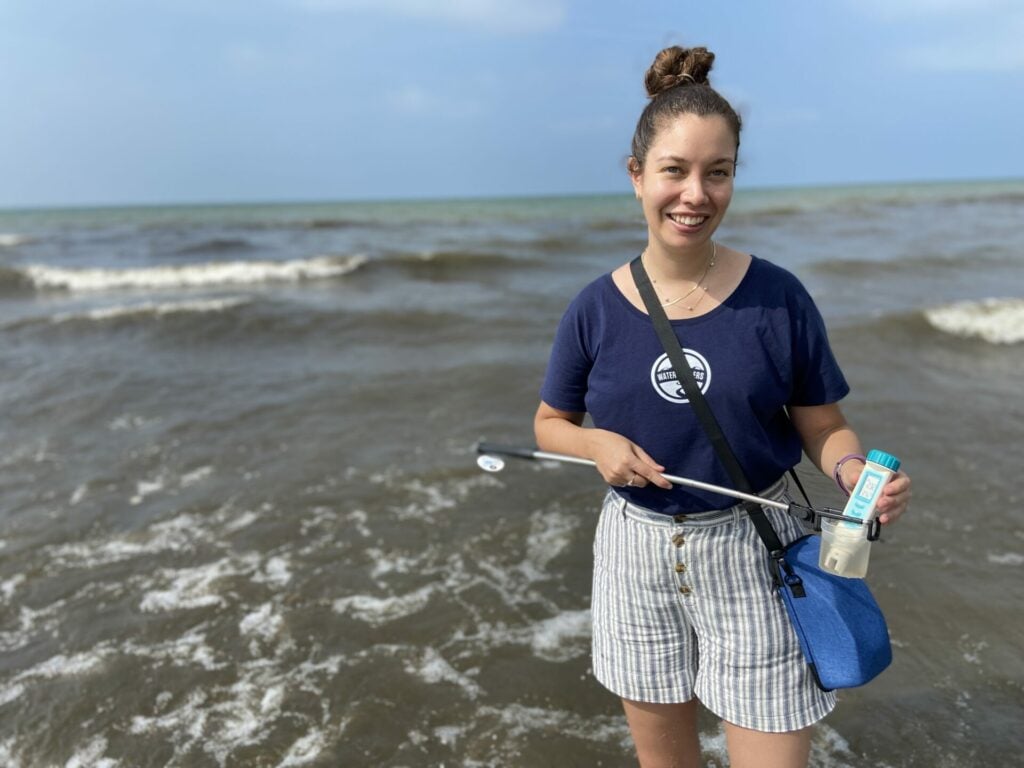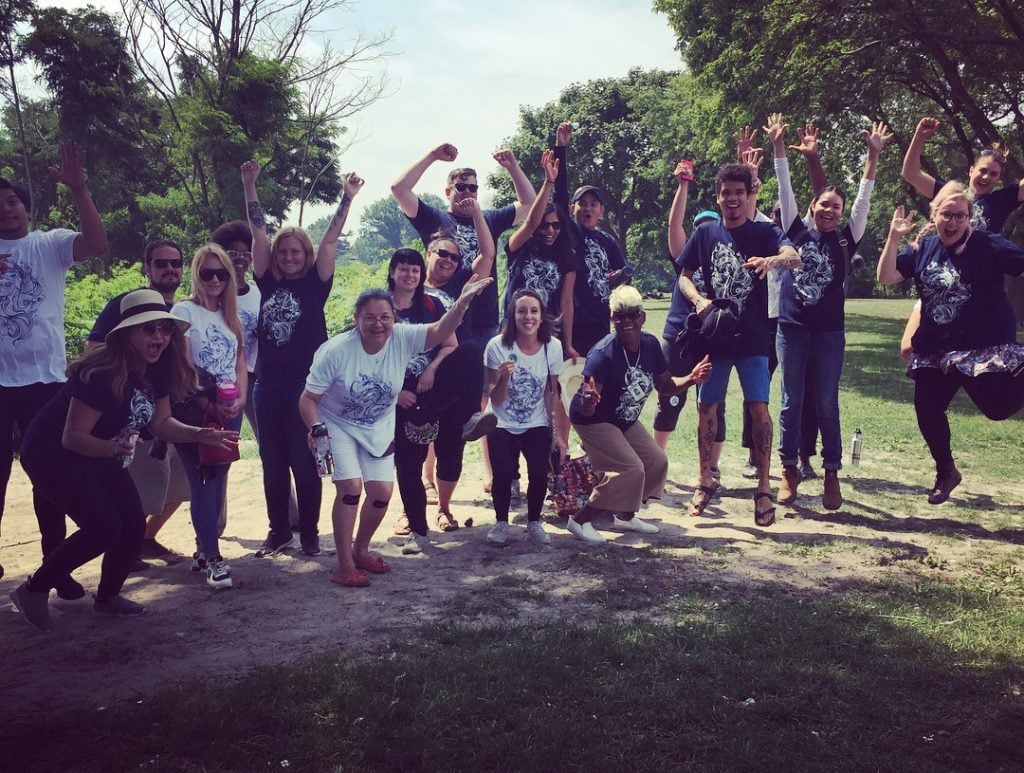Here’s what you can do with Water Rangers
Here’s a quick way to get a sense of what you can do with Water Rangers.
We want to help you inspire more water protectors.
We’re focused on building tools that help you collect water quality data. But it’s more than that. It’s about building a movement. Below we’ve outlined how to get started.
Already testing? Go through our ‘start of the season checklist‘ to start your season strong!
How to get started
-
1
Find your 'why'
Why do you care about water? Do you want to fight climate change? Are you looking to solve a problem or preserve a beautiful place? We know that every waterway is unique, and your reason for getting into water conservation is just as varied. Spend time understanding your story. It will help you in your water testing journey!
-
2
Get to know our tools.
We're here to support those who are passionate about water and bringing communities together. But, we know getting started and making plans can be difficult.
Have 15 minutes? You can learn how to use our testkit and platform. We've created quickstart videos for both!
-
3
Make a plan
Where will you test? How often? Why are you testing? It is important to set out what you want to accomplish with your testing. There’s a lot of reasons why you might want to get involved in water testing. The most important reason why people want to get involved in citizen science to test the water is that they’re worried that something might happen to the water in the future. By taking water samples regularly, you create a baseline so that if something goes wrong, you’ll easily be able to see it and you can do something about it right away!
For those using our Testkits, we ask that people test once a month on the last Sunday of every month (with alternate days and Saturday and Monday), but your group might decide to test weekly or even daily.
-
4
Create your online account
Click on “Sign Up” on the top right corner of your screen.
Fill in the information and create your profile using an email, or login using a Google account and Facebook. You’ll need to confirm your email address by clicking on the link in the email that will be sent to your email. If you’re part of a local group, you can join a group. Groups need to approve new members!
You can also download our apps for iOS and Android. They are for data collection only and can let you record data offline when you're out in the bush.
-
5
Start your own group
Not everyone will want to start their own group, but if you have your own testing protocol or equipment, or are looking to manage volunteers collecting data. consider forming a group to let others know what your protocol is and better manage other people that might be helping you gather water data. On the “Group” page, click “Sign up Now!” to create your new group. We’ll go over your request and create your group. You’ll then be able to add members who have their own profiles, contact information, your protocol, and much more.
-
6
Customize your observation form
Your form is set-up for the Water Rangers Freshwater Explorer as a default, but there are lots of ways you can make your form perfect for how you like to test. If you have equipment of your own, you can add in extra parameters, and for many of them, you can say if you're doing one, two, or three tests. Besides that, you can add things like "Testers names", "Ice-on and off", Microplastics, wildlife, invasive species, and more. If there’s something missing that you want to track, feel free to reach out to us to see what we can do.
Simply click on your profile on the top right corner of the website. Then click “Edit your Account” under your name. Click on “Observation Form” on the left and you’ll be able to pick which tests you want to add to your form. You can also customize this for your group so that your volunteers all see the same form!
-
7
Train your volunteers
Whether you're a group of scientists collecting data for a research project, a lake association looking to protect what you love, or an educator looking to inspire the next generation of water protectors, we want to help you.
We're currently designing online courses to help you practice your skills as a water leader. Coming soon!
-
8
Connect to water!
When you start to test the water regularly, you really start noticing new things and finding new places to explore! Most of our first time users all report they visited new places, started noticing more wildlife and learnt more about local water bodies when they started testing the water.
In fact, we notice that when people start testing the water, they also want to be more involved in protecting it and the environment around it. In fact, our impact report from a recent WWF funded project where we gave testkits to people in data-deficient watersheds tells us that....
• 79% of participants visited new places.
• 96% of participants spoke to others about the importance of protecting the environment.
• 88% reporting now knowing more about their local watershed.
• 83% believe that their actions can make a difference -
9
More questions?
Setting up a testing program is hard work, but we hope we can help you make it fun!

